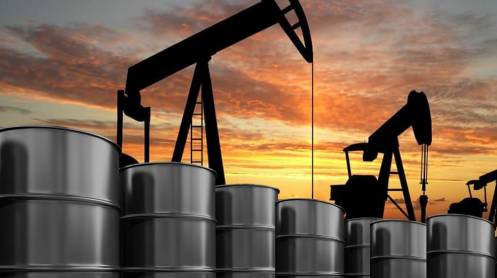Iraq expects the pressure on oil prices to continue through at least the first quarter of 2021, with oil minister Ihsan Abdul Jabbar expecting the average for Brent during January-March 2021 at $45 a barrel, Bloomberg reports, citing an interview of Jabbar for Iraqi daily Al Sabah.
As a result of this expectation, Baghdad will be basing its 2021 budget on an oil price level of $42 a barrel, following the fallout from the coronavirus, the report also noted.
Brent is currently trading at $42 a barrel, with West Texas Intermediate hovering around $40, as Libya continues to ramp up production after the end of an oil port blockade and U.S. shale producers also increase output.
The frac spread count—a metric tracked by Primary Vision that shows active well completion crews as opposed to Baker Hughes’ active well drilling—rose to 115 last week, from 111 a week earlier and 101 in the last week of September. This suggests a steady increase in production and is enough to push prices lower even without Libya’s return to the oil producer’s club.
The outlook for demand, meanwhile, remains subdued. Even OPEC, in its World Oil Outlook released earlier this month sounded only a cautious note of optimism, saying that oil demand will continue to grow for another couple of decades before plateauing. However, the cartel has reduced its long-term demand projections from last year’s outlook by more than 1 million barrels per day (bpd), expecting world oil demand to rise from 99.7 million bpd in 2019 to 109.3 million bpd in 2040 and then to slightly drop to 109.1 million bpd in 2045.
Iraq, the second-largest producer in OPEC, is one of the members most vulnerable to oil price slumps because of its economy, which is still healing from the war with Islamic State. This is likely why the country has also been a notorious laggard in production cuts, only upping its compliance rate after Saudi Arabia threatened to turn the taps back on and flood the market with cheap oil.





